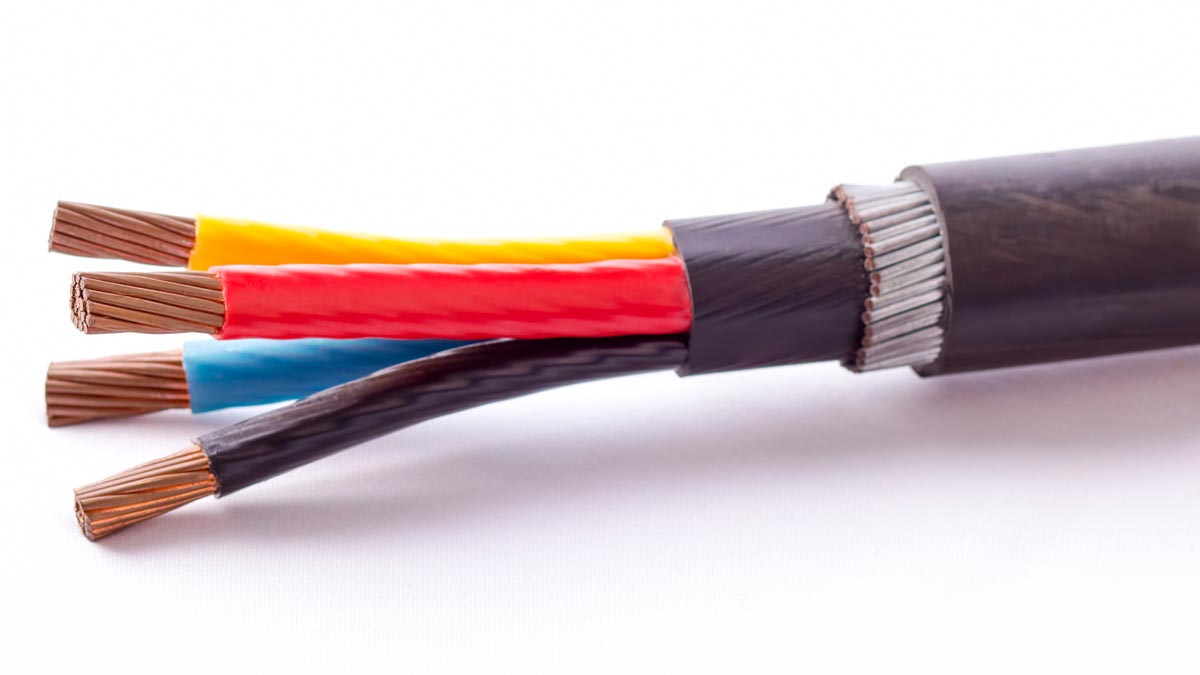The difference between AWA (Aluminium Wire Armoured) and SWA (Steel Wire Armoured) cables lies primarily in the materials used for their armoring and the subsequent properties and applications of each type.
- Material Used for Armouring:
- AWA Cable: As the name suggests, AWA cable uses aluminium wires for its armouring layer.
- SWA Cable: SWA cable is armoured with steel wires.
- Weight:
- AWA Cable: Aluminium is lighter than steel, making AWA cables lighter. This can be advantageous in installations where weight is a concern.
- SWA Cable: Steel wire armoured cables are heavier, due to the density of steel.
- Magnetic Properties:
- AWA Cable: Aluminium is non-magnetic, which can be beneficial in certain environments where magnetic interference is a concern.
- SWA Cable: Steel is magnetic, which might be a consideration in certain applications, especially where magnetic interference could be an issue.
- Corrosion Resistance:
- AWA Cable: Aluminium generally offers better resistance to corrosion compared to steel, especially in environments where the cable might be exposed to moisture or certain chemicals.
- SWA Cable: Steel is more susceptible to corrosion unless properly treated or used in a controlled environment.
- Strength and Robustness:
- AWA Cable: While offering good protection, aluminium armoured cables are generally not as strong as steel armoured ones.
- SWA Cable: Steel provides a higher level of protection against physical damage due to its greater strength and robustness.
- Applications:
- AWA Cable: Often used in power networks, underground systems, cable ducting, and industrial applications where weight and corrosion resistance are factors.
- SWA Cable: Commonly used in a wide range of applications including building wiring, industrial wiring, and outdoor or underground installations where high strength is required.
- Cost:
- The cost can vary based on the market, but generally, the price difference is influenced by the differing costs of aluminium and steel.
- Installation Considerations:
- AWA Cable: Easier to handle and install due to its lighter weight.
- SWA Cable: Requires more effort to install due to its weight and stiffness.
Choosing between AWA and SWA cables usually depends on the specific requirements of the installation, including factors like environmental conditions, mechanical strength needs, weight considerations, and cost.

